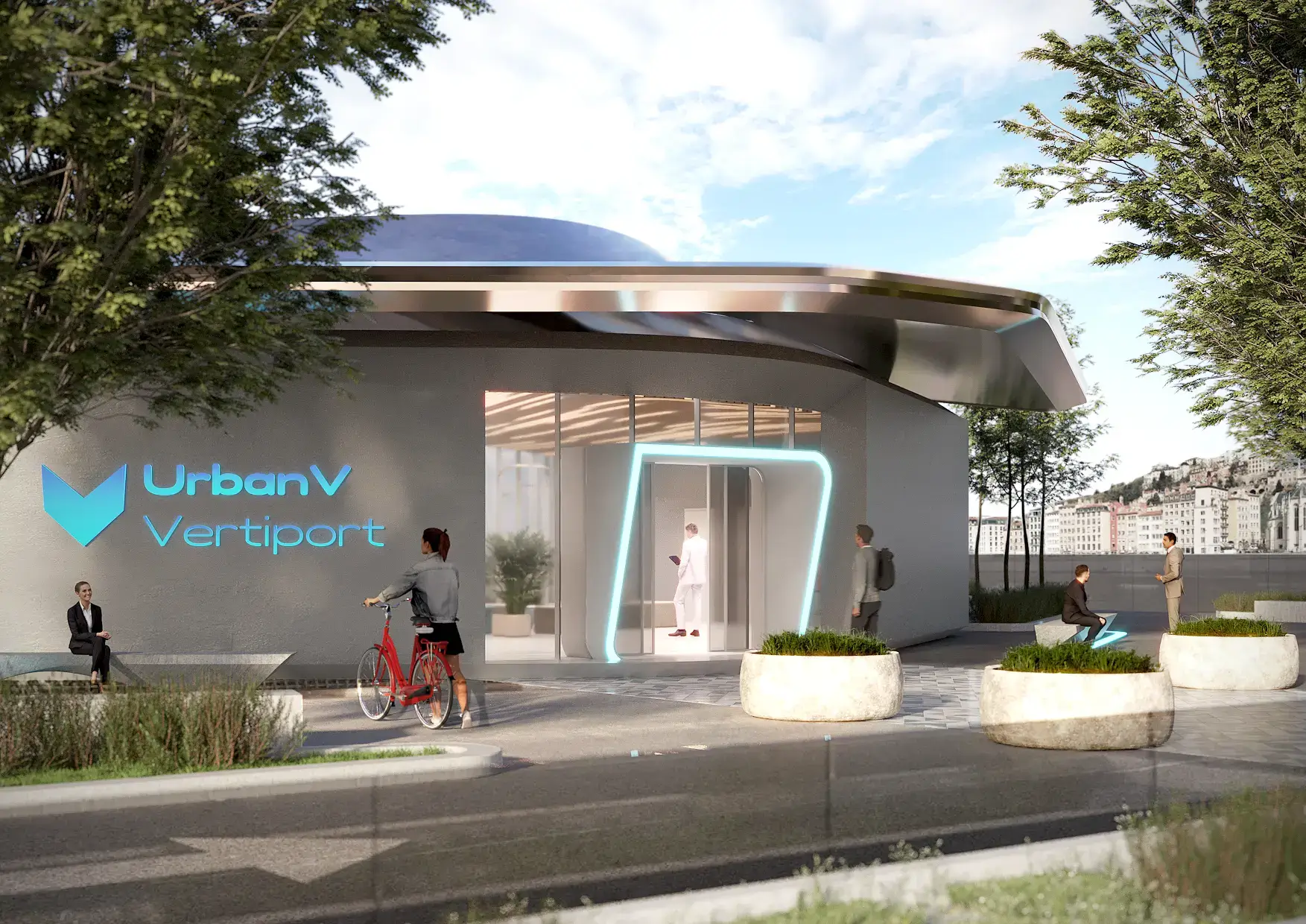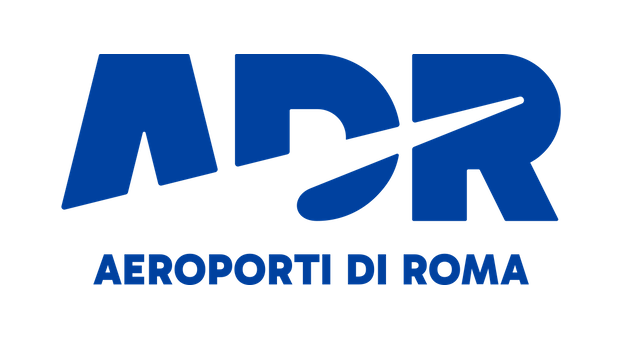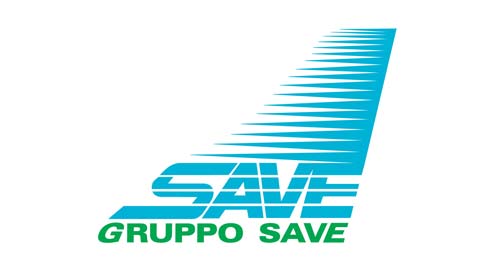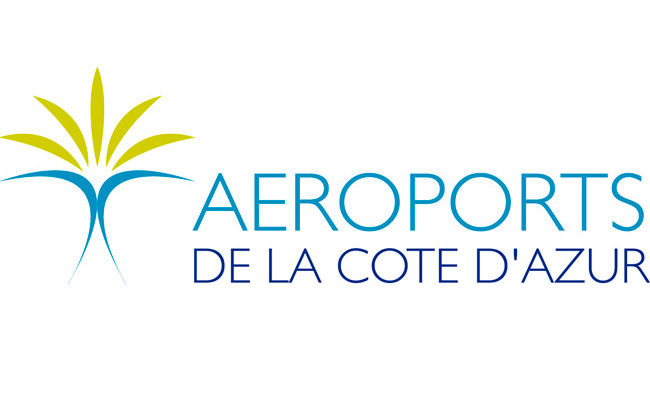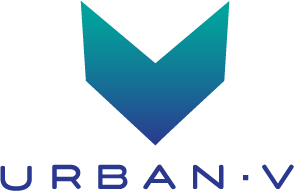UrbanV is planning to build a network of 10-12 vertiports in Rome.
With plans to launch a series of vertiport networks across Italy and France, beginning in Rome, infrastructure startup UrbanV believes it is on track to operate one of the first urban air mobility (UAM) networks in the world.
UrbanV was formed several years ago by primary shareholder Aeroporti di Roma, Rome’s main airport authority. It also includes SAVE Group, which oversees Venice’s main airport; Aeroporto di Bologna, the manager of Bologna’s international airport; and Aeroports de la Côte d’Azur, which oversees a series of airports in the South of France.
Now the startup is working hard to secure the necessary permits and approvals for its first two vertiport sites in its planned Rome network; one at Rome’s Fiumicino Airport (FCO) and another in the heart of the city’s downtown, representing the first two nodes in a larger plan to eventually build out a network of 10-12 vertiports in the city over the coming years, according to CEO Carlo Tursi.
Tursi said he believes UrbanV is on track to launch its first commercial air taxi route by the end of 2024, with which German startup Volocopter plans to operate its two-seat VoloCity electric vertical-takeoff-and-landing (eVTOL) vehicle between FCO and the city center.
The partners hope to offer air taxi services on that route as part of the Vatican’s yearlong Grand Jubilee celebration in 2025, representing one of the earliest large-scale public demonstrations for the nascent advanced air mobility (AAM) industry.
“It’s going to be a small-scale operation for the first year, where we will effectively connect Rome International Airport with a vertiport to be placed in the center of the City of Rome, allowing people to get from airport to downtown in around 15 minutes, compared to maybe an hour or up to 90 minutes by car in rush hour traffic,” Tursi tells the AAM Report. He added that operations will start very light before scaling gradually in years to come.
“For us, 2025 is going to be a year of limited-scale commercial operations–a few flights per day, one route, two vertiports, a few machines,” he says. “Then from 2026 on, we plan to put our foot on the pedal and accelerate the rollout of vertiports in Rome, where we plan to get to 10-12 operational vertiports within two to three years.”
The Rome network will mostly cater to business travel and tourism, Tursi says. In addition to FCO, UrbanV plans to develop vertiports at Rome’s Ciampino International, as well as the Rome Urbe regional airport. Other sites will include the nearby seaport of Civitavecchia, Rome’s Termini central train station, points in the city’s major business and industrial districts, and tourist destinations to the city center and Vatican.
The vertiports are designed to be modular, scalable and interconnected with other modes of transportation that will be needed to complete the first and last mile of an eVTOL journey. UrbanV is also investing heavily in technology to speed up security screening and passenger boarding to ensure that time-savings are sufficient enough to justify the expense of an air taxi trip over ground transportation, Tursi says.
Tursi also observes that Italy published draft operating regulations for eVTOLs in January, keeping it on track to “possibly become the first country in Europe, and one of the first in the world, to have final regulations for advanced air mobility,” which he predicts will be issued in their final form “probably within the next month or two.”
While it plans to begin with Rome, UrbanV is also plotting three other early launch networks in the vicinities of its other airport stakeholders, including a regional network in the French Riviera, one of the largest civilian helicopter markets in Europe; and two separate networks in the Italian Northeast around Venice and Central North around Bologna. They will eventually merge into “one very large interconnected network with around 20 vertiports,” Tursi says.
“It’s going to be a combination of urban and regional,” Tursi says. “Rome will be primarily urban because it’s a large, spread out city without much to connect to in the surrounding areas, although there will be some regional routes. The other networks will be primarily regional, with the exception of Venice, which will be both urban and regional. Venice, of course, has an interesting configuration with a bunch of islands, and so we think eVTOL will be a big complement and a more efficient option in many cases than traditional water taxis and other ways of getting around.”
Beyond its immediate plans for France and Italy, UrbanV is actively exploring other international markets in Europe, Latin America and the Middle East, Tursi says, adding that the company is also “looking at opportunities” in North America.
While certification delays appear likely to threaten plans by Volocopter to launch passenger services in time for the Paris Olympics this summer, Tursi said he remains optimistic that the startup will type certify in time to launch services in Rome for the Vatican Jubilee.
“Given Volocopter’s expected timeline for certification, and given the fact that we’re only planning to launch operations toward the end of this year, so far, we believe that we should be able to pull this off without any major issues,” Tursi says. He added that UrbanV is in the “final stages” of approving permits needed for its first two vertiports.
“There are elements of uncertainty which are natural, but I would say that we have cleared out over 90% of the hurdles–and there were many,” Tursi says. “At this stage, I would frame the risk more as a risk of delay than a risk of not launching at all. But as of today, I am still feeling confident that we can deliver on our plan.”
